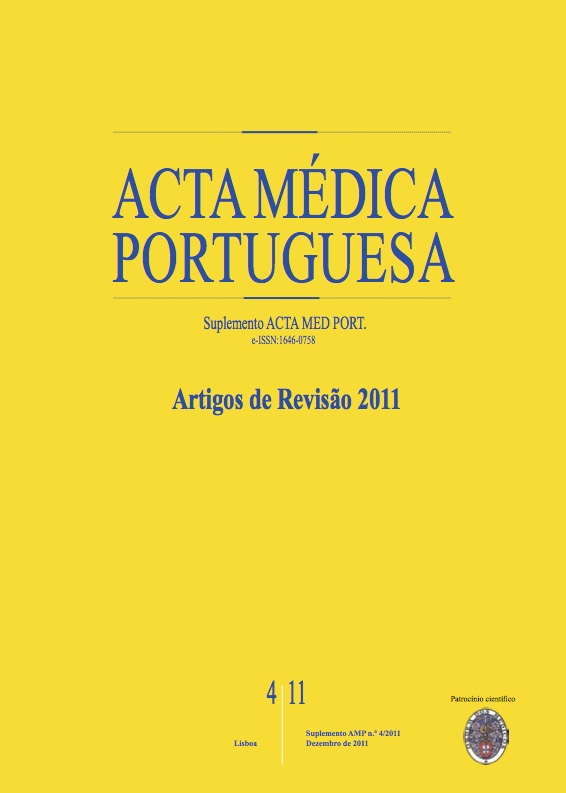Neuregulin1/ErbB system: importance in the control of cardiovascular function.
DOI:
https://doi.org/10.20344/amp.1565Abstract
The family of Neuregulins (NRG), growth factors like epidermal growth factor, is known to induce growth and differentiation of epithelial, glial, neuronal, and skeletal muscle cells. This family comprises four members, being NRG1 the most largely studied, particularly at the cardiovascular level. The biological effects of NRG1 in the adult heart are mediated by the tyrosine kinase receptors ErbB. In the adult heart, NRG1 is expressed by cells of the endocardial endothelium and the cardiac microvascular endothelium, and the receptors ErbB2/ErbB4 are expressed by ventricular cardiomyocytes and are located in T-tubule system and intercalated disks in close proximity to the system components of excitation-contraction coupling. The importance of the NRG/ErbB signaling axis at the cardiovascular level became evident after discovering that patients treated with trastuzumab (inhibitory antibody against ErbB2, used in the treatment of breast cancer) can develop ventricular dysfunction and have higher risk of cardiomyopathy when co-administered with anthracyclines. Subsequent studies in vitro and in vivo have clarified the effects and the respective signaling pathways associated with the NRG/ErbB system in the adult heart. Some cardiovascular functions of the NRG1/ErbB system have been described at the vascular (stimulation of angiogenesis and ateroprotector effect) and myocardium level (negative inotropic effect) as well as effect on the survival, cell growth and organization of the cardiomyocytes (myofibrillar organization and cell-to-cell contact between cardiomyocytes). Furthermore, the interaction of this system with other neurohumoral mediators has been studied. Thus, there seems to be a physiological role in modulating the sympathovagal balance and an interaction with endothelin-1 signaling. All these effects result from the activation of different intracellular signaling cascades, as a consequence of the binding of NRG1 to ErbB receptors. Some cardiac signaling pathways identified until now include molecules such as MEK / Erk 1/2, phosphatidylinositol 3-kinase/ Akt, focal adhesion kinase, Gab (Grb-2-associated binder) family, vascular endothelial growth factor and NO production by endothelial nitric oxide synthase. Thus, the aim of this paper was to make an up-to-date review of existing information on NRG1/ErbB signaling axis, with particular focus on its cardiovascular effects.Downloads
Downloads
How to Cite
Issue
Section
License
All the articles published in the AMP are open access and comply with the requirements of funding agencies or academic institutions. The AMP is governed by the terms of the Creative Commons ‘Attribution – Non-Commercial Use - (CC-BY-NC)’ license, regarding the use by third parties.
It is the author’s responsibility to obtain approval for the reproduction of figures, tables, etc. from other publications.
Upon acceptance of an article for publication, the authors will be asked to complete the ICMJE “Copyright Liability and Copyright Sharing Statement “(http://www.actamedicaportuguesa.com/info/AMP-NormasPublicacao.pdf) and the “Declaration of Potential Conflicts of Interest” (http:// www.icmje.org/conflicts-of-interest). An e-mail will be sent to the corresponding author to acknowledge receipt of the manuscript.
After publication, the authors are authorised to make their articles available in repositories of their institutions of origin, as long as they always mention where they were published and according to the Creative Commons license.









